Optimal Timing for Wooden Stair Repairs
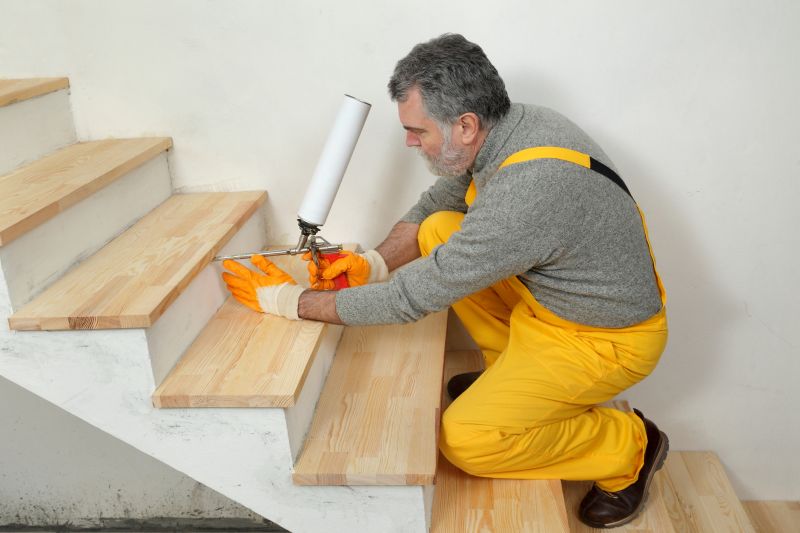
Ways to make Wood Steps Repairs work in tight or awkward layouts.
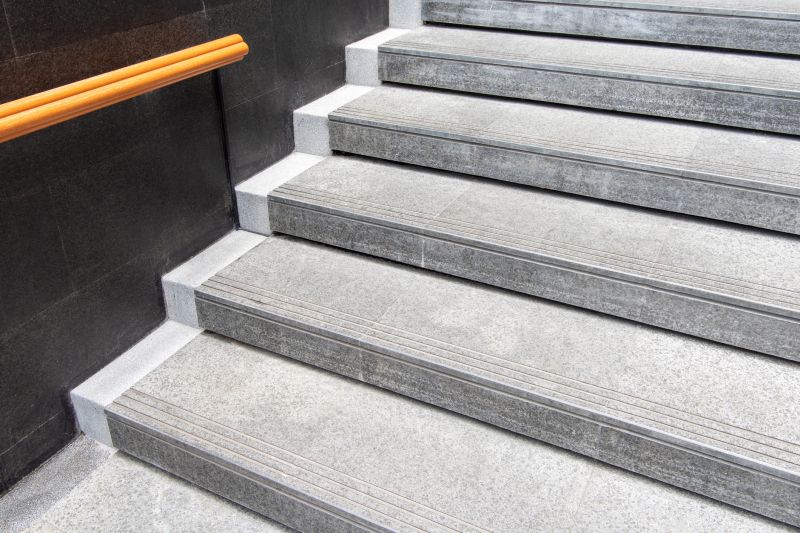
Popular materials for Wood Steps Repairs and why they hold up over time.
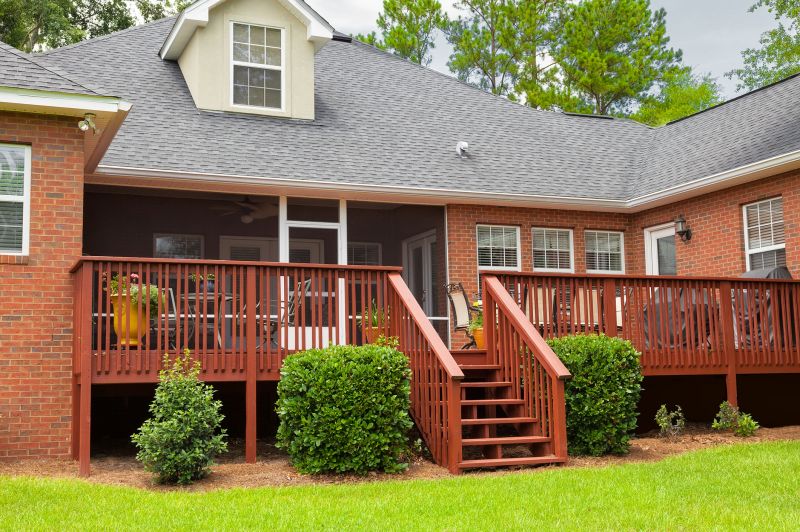
Simple add-ons that improve Wood Steps Repairs without blowing the budget.
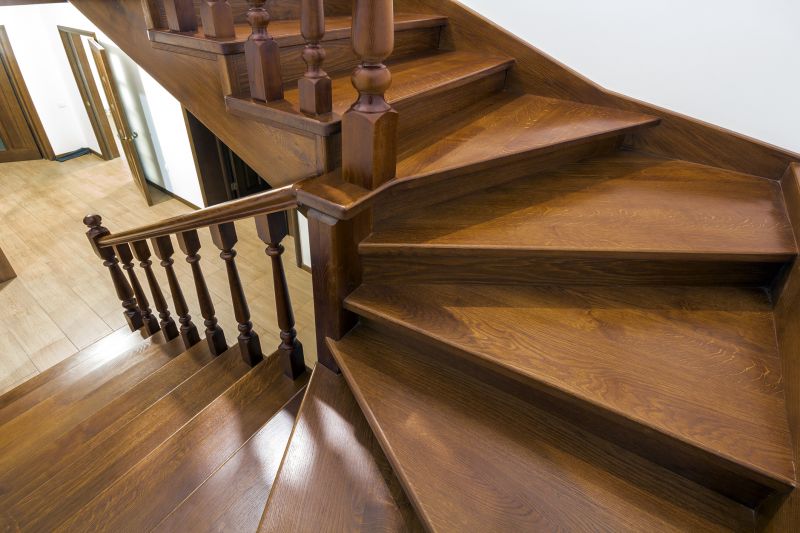
High-end options that actually feel worth it for Wood Steps Repairs.
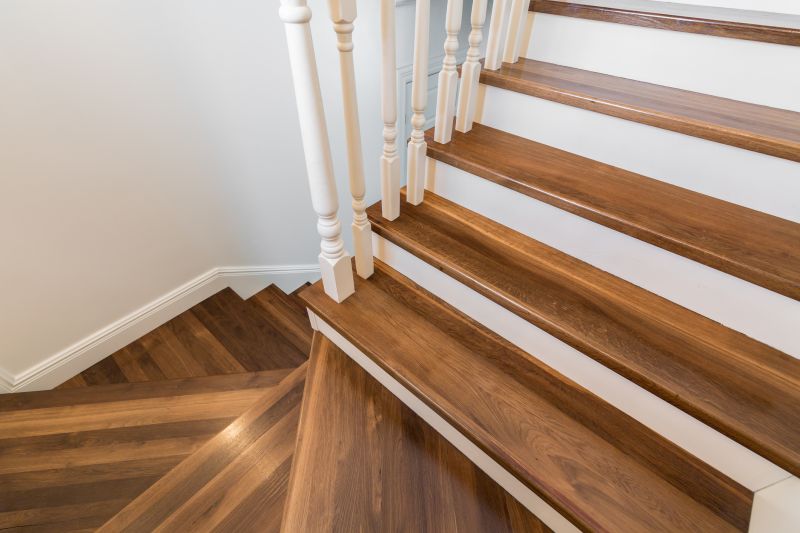
Finishes and colors that play nicely with Wood Steps Repairs.

Little measurements that prevent headaches on Wood Steps Repairs day.
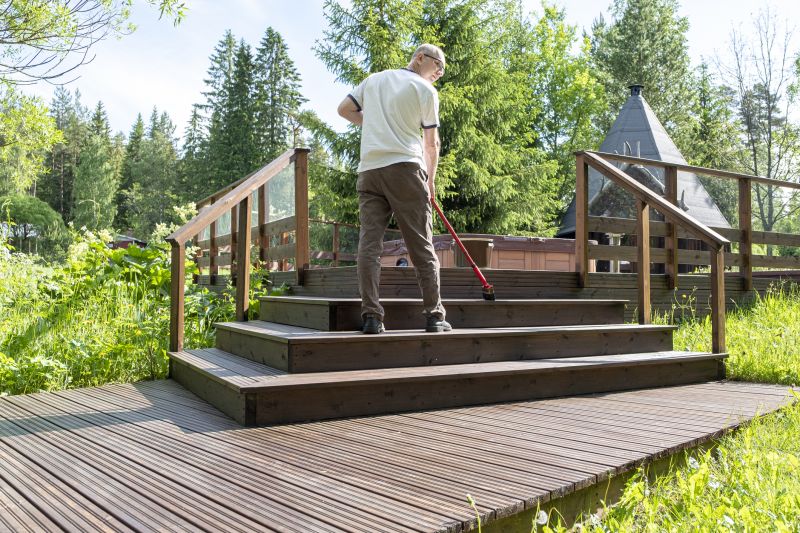
A 60-second routine that keeps Wood Steps Repairs looking new.
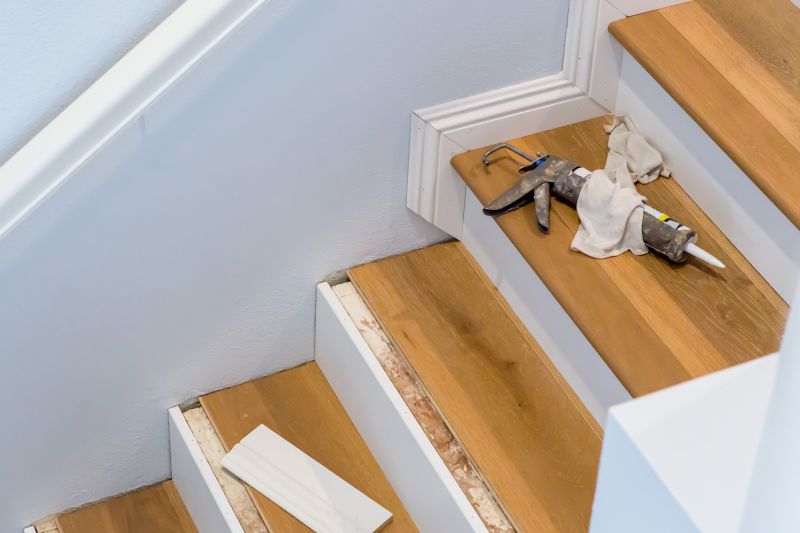
A frequent mistake in Wood Steps Repairs and how to dodge it.

Small tweaks to make Wood Steps Repairs safer and easier to use.
Timing plays a crucial role in maintaining the integrity and appearance of wooden stairs. The optimal period for repairs depends largely on climate conditions, wood exposure, and usage patterns. Generally, the best time to undertake wood steps repairs is during the late spring to early fall when weather conditions are stable and dry. This minimizes the risk of moisture intrusion, which can cause wood swelling, warping, or decay. Proper planning during these months ensures that repairs can be completed efficiently, with ample time for materials to acclimate and for finishes to cure properly.
Performing repairs during periods of low humidity and moderate temperatures reduces the likelihood of issues related to expansion and contraction of wood. Avoiding winter or rainy seasons is advisable, as moisture exposure can compromise the repair work and prolong drying times. Additionally, scheduling repairs in warmer months allows for better ventilation and curing conditions, resulting in longer-lasting results. Regular inspections during these seasons can help identify early signs of damage, facilitating timely interventions that extend the lifespan of wood stairs.
Inspect the stairs for rot, cracks, or loose boards to determine the scope of repairs needed.
Collect necessary tools and supplies, including wood, nails, screws, and protective finishes.
Clear the surrounding area and ensure proper ventilation before starting work.
Replace damaged sections, reinforce structural elements, and secure loose components.

Lower-waste or water-saving choices for Wood Steps Repairs.
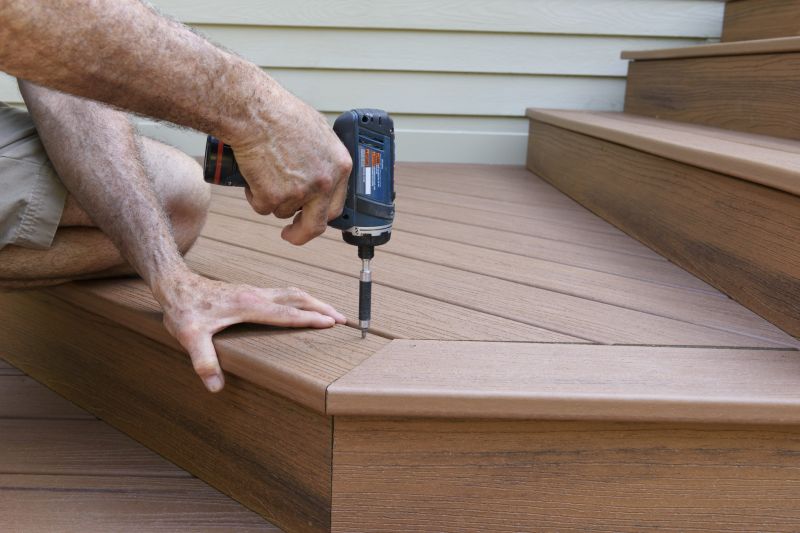
The short, realistic tool list for quality Wood Steps Repairs.

Rough timing from prep to clean-up for Wood Steps Repairs.

Quick checks and paperwork to keep after Wood Steps Repairs.

Examples that show the impact a good Wood Steps Repairs can make.

Ways to make Wood Steps Repairs work in tight or awkward layouts.

Ways to make Wood Steps Repairs work in tight or awkward layouts.

Ways to make Wood Steps Repairs work in tight or awkward layouts.
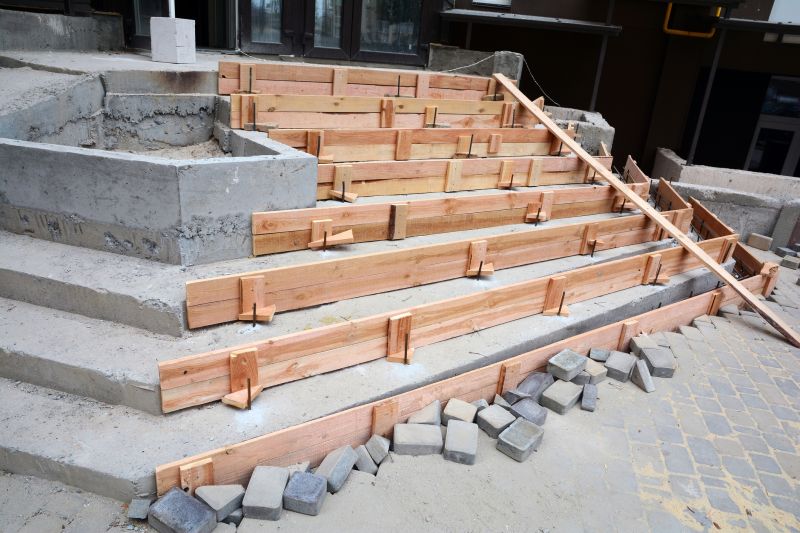
Ways to make Wood Steps Repairs work in tight or awkward layouts.
Timely repairs of wood stairs can prevent costly replacements and extend their functional lifespan. Wood is susceptible to environmental factors such as moisture, temperature fluctuations, and UV exposure, all of which accelerate deterioration if not addressed promptly. According to industry statistics, untreated or neglected wooden stairs can experience significant damage within just a few years, leading to safety hazards and increased maintenance costs. Properly scheduled repairs during optimal weather conditions ensure that protective finishes adhere properly, providing a barrier against moisture and pests.
Understanding the seasonal impacts on wood can inform maintenance schedules. For example, humidity levels tend to be lower and temperatures more stable during late spring and summer, which are ideal for repairs involving staining, sealing, or painting. Conversely, repairing during wet or cold seasons can trap moisture within the wood, increasing the risk of rot and structural failure. By aligning repair projects with favorable weather patterns, property owners can achieve more durable and aesthetically pleasing results that stand the test of time.
If interested in scheduling wood steps repairs, it is recommended to contact professionals during the late spring or early summer months. This timing allows for comprehensive work that benefits from optimal environmental conditions, ensuring the longevity and safety of the stairs. Regular inspections and maintenance during these periods can also help detect early signs of damage, facilitating proactive repairs that preserve the structure's integrity.



